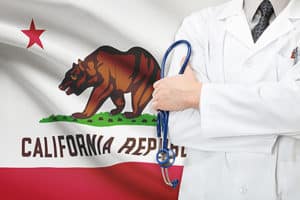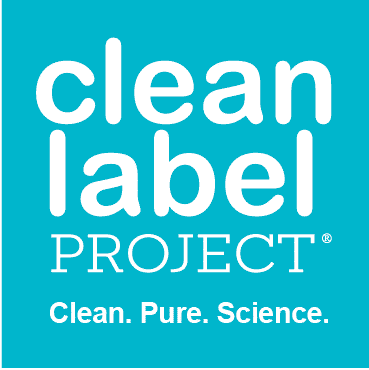California Proposition 65 – An Important Health and Safety Regulation

Guest Post by Dr. Sean Callan, Director of Operations and Quality at Ellipse Analytics
June 3, 2018
I’m grateful to Clean Label Project for allowing me to speak here on their site about an important, but poorly understood, topic. At Ellipse Analytics, we believe that science and data can change the conversation around food safety by shining a light on both the best and worst products out in the marketplace. The federal government has historically been diligent surrounding the amount of certain contaminants in food and beverage products – contaminants like e. coli or salmonella that will result in immediate harm. But there is much less regulation around environmental and industrial contaminants and toxins that can have serious long-term consequences years later – including reproductive health issues or cancer. For compounds like acrylamide, mercury, or lead, to find regulations that reach beyond specific instances (e.g., heavy metals in infant rice cereal), one has to look to the states. By far the strictest state regulations around such contaminants come from California’s Proposition 65. In the course of our work, we have tested thousands of consumer products for chemicals on the Proposition 65 list, and have seen some startling patterns.
What is Proposition 65?
Proposition 65 is the short-hand name for California’s 1986 Safe Water and Toxic Enforcement Act. It was designed to protect consumers from sources of toxins in their everyday lives. Specifically, Prop 65 concerns carcinogens (cancer-causing chemicals) and chemicals that cause reproductive harm. The list is a living one, and since its inception, nearly 1,000 contaminants have been added to the registry. The principle here is simple: if a product contains a chemical on the Prop 65 list, the brand making the product has to include a warning label on the product telling consumers that the product contains chemicals that may cause cancer or reproductive harm. Brands that fail to do so can be sued under Prop 65.
What are the consequences when brands violate Proposition 65?
The most common contaminants have “Safe Harbor” levels, levels below which a brand doesn’t have to issue a warning on their packaging. Lead, for example, has a “Safe Harbor” of 0.5 micrograms per day – products that expose consumers to less than this amount of lead don’t have to warn on their packaging. But if a product were to exceed that limit, the brand would be at risk of a lawsuit. In the last three years, over 1,600 such suits have been resolved in the state of California – totaling over $70 Million paid by defendant brands – on average paying nearly $50,000 per case. In our work, we find that the old “80-20” principle applies here: the bottom 20% of products account for 80% of the contaminants of concern we measure – as well as the lion’s share of Proposition 65 violations.
What can consumers do?
If you live in the state of California, you’ve doubtless seen the warning signs posted in restaurants, garages, and other places. But for the rest of us, our home states lack regulations like this. Until the federal government standardizes regulations around these contaminants, it is up to consumers to put pressure on state and local governments to enact measures like California’s Prop 65 – to ensure that you are informed as to what is really in the food you eat and products you use every day.
What can brands do?
For organizations or brands, especially those operating in the Consumer Packaged Goods space, the best defense is diligence and organization. Across over a million data points we have collected in the last three years, we consistently find that the key predictors of brand risk are supply chain health and quality control systems. A surprising number of brands don’t regularly screen for the contaminants on the Prop 65 list – or if they do they do so using methods so sub-standard that they have no real way of knowing what is in their products

About Sean Callan
Dr. Sean Callan is the Director of Operations and Quality at Ellipse Analytics. Prior to joining Ellipse Analytics, he was a neuroscience researcher specializing in the intersection of psychology, chemistry, biology, and statistics. Dr. Callan completed his doctorate in Psychology with a major in behavioral and cognitive neuroscience with a minor in statistics. Following this, he worked as a postdoctoral fellow in the field of molecular neuroscience. He has taught both undergraduate or graduate level college courses at multiple universities on topics of statistics, neuroscience, and research design.
About Ellipse Analytics
Ellipse Analytics a one-of-a-kind chemistry lab focused on identifying product purity vulnerabilities and isolating product superiority opportunities to shine a light on the best and worst performing products out in the marketplace. Our mission is to use our unique data and science resources to reduce contaminants and increase the purity of products we consume or interact with every day.
